The Road to Civil Rights in Arkansas
A Tour of Historic Sites and Small Town Treasures
The rich history of civil rights in Arkansas survives in sites across the state that preserve our cultural memories. Our historic sites are filled with stories of human dignity and courage and vital lessons for our culturally diverse world. When we visit the real places where people took a stand for justice, thrived despite oppression, or died unjustly, we feel the human impact of these stories in a powerful way.
In their footsteps
Walking in the footsteps of the Little Rock Nine on the beautiful grounds of the Little Rock Central High School National Historic Site is truly a journey into living history. Though this school is among the best known of the state's historic sites, there are many more civil rights milestone sites in Arkansas. Walk in the paths marked by the unforgettable stories of the struggle. Explore these historic places where the past collides with the present day. Be energized and inspired to work for a better, hopeful future. Join us on a tour of the Road to Civil Rights in Arkansas!
Road Tour #1: Memphis to Little Rock to Jonesboro
When driving into Arkansas from Memphis, you can explore the rich civil rights past of Little Rock, move on to historic sites in the Jonesboro area and swing back to Memphis. This route will take you to places where history was made by civil rights pioneers and martyrs and where historic buildings, monuments, and museums remain as a testimony to their courage and sacrifices.
Memphis to Little Rock
Civil Rights Milestone – Scott Bond Cemetery (Madison)
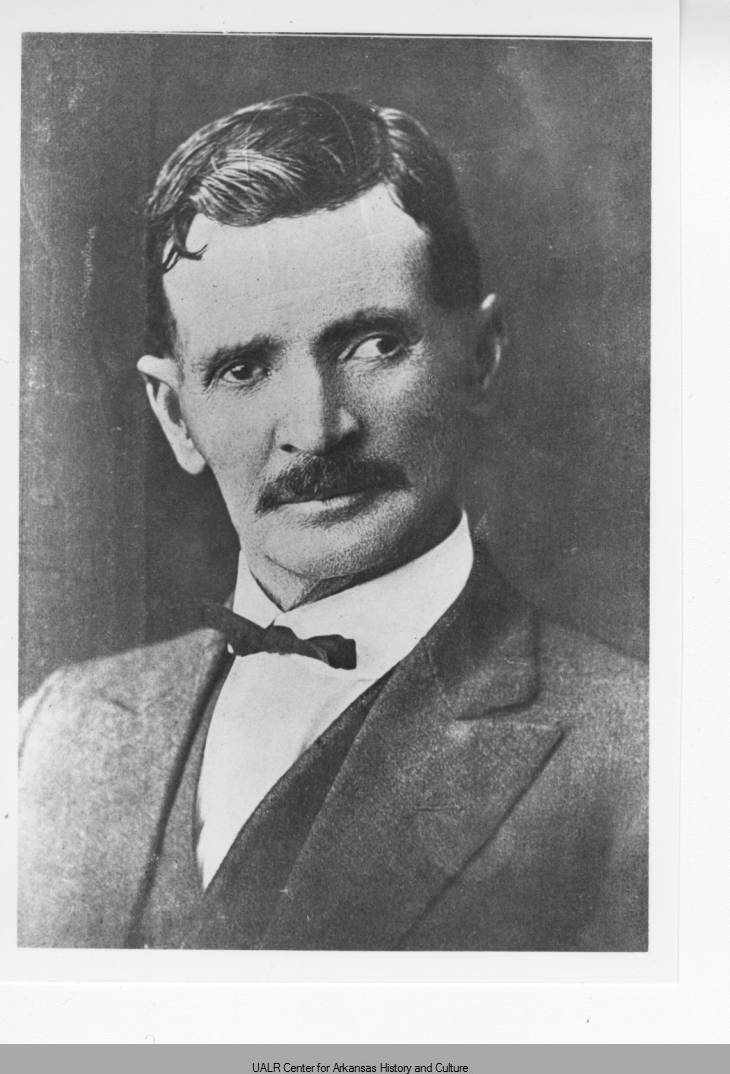
Born enslaved in Mississippi in 1852, Scott Bond was an established farmer by 1877 and owned a total of 5,000 acres, five cotton gin plants, a sawmill and a gravel pit by 1915. Scott Bond’s success story shows his grit, determination and intelligence that made a way for him to thrive against all the odds. The Scott Bond family plot is located in Madison on Highway 70 West. The plot includes a memorial marker that lists the family members buried there and it is on the National Register of Historic Places. Nearby in Forrest City you can make a stop at the St. Francis County Museum and then grab a bite at the Ole Saw Mill Cafe.
Brinkley
Civil Rights Milestone - Floyd Brown-Fargo Agricultural Museum (Brinkley)
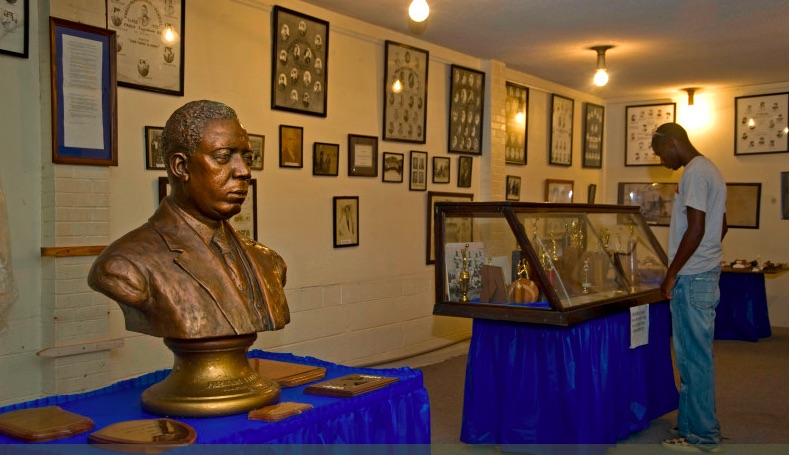
Floyd Brown, a graduate of Tuskegee Institute, founded and operated the Fargo Agricultural School outside Brinkley. From 1920 to 1949 the private boarding school offered high school education for hundreds of black youth at a time when the United States’ black population averaged five years or less of formal schooling. The small Fargo Agricultural School Museum is located on the original Fargo Agricultural School grounds. The Fargo Training School Historic District is on the National Register of Historic Places. While in Brinkley, you can visit Louisiana Purchase State Park and see the Louis Jordan Marker. Nearby in DeValls Bluff, you can eat at Craig's Bar-B-Q or nearby at Murry's Restaurant in Hazen. From here, you can continue the journey and visit the Plantation Agriculture Museum in Scott, which preserves Arkansas' farming history.
Civil Rights Milestone - Little Rock Central High School National Historic Site

The Little Rock Central High School National Historic Site stands as one of the most significant landmarks of the civil rights movement. In 1957, during desegregation, nine African-American students—the Little Rock Nine—courageously attended classes at the all-white school despite a rioting mob of white citizens who threatened the young teenagers with violence.
Civil Rights Milestone - Philander Smith College, Student Sit-ins
Philander Smith College was the first historically black, four-year college in Arkansas. In 1960, Philander Smith students conducted the first nonviolent demonstrations known as “sit ins” in Arkansas, which finally led to the desegregation of downtown Little Rock.
Civil Rights Milestone - Dunbar Junior High School and the Rosenwald Schools
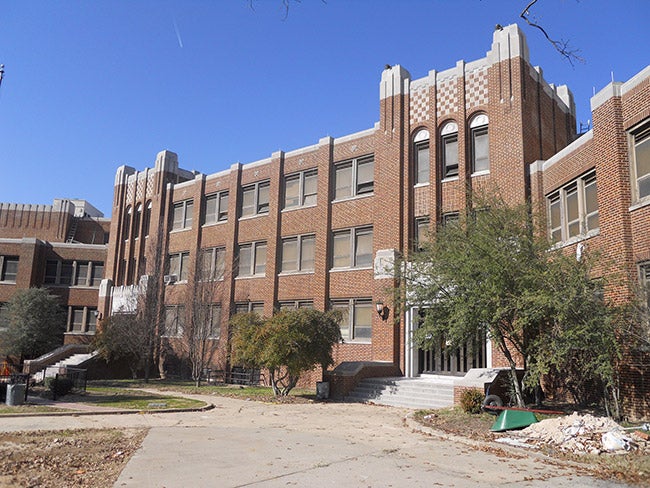
Created as a Rosenwald School, Dunbar Junior and Senior High School and Junior College was completed in 1929 as the Negro School of Industrial Arts. It was part of a comprehensive nationwide program to improve the quality of public education for African Americans in the early 1900s. Dunbar was one of 338 Rosenwald Schools built in Arkansas.
Civil Rights Milestone - Mosaic Templars Cultural Center

In early May 1927, Little Rock experienced a wave of mob violence surrounding the lynching of an African American named John Carter. This lynching is one of the most notorious incidents of racial violence in the state’s history. The story of the lynching can be seen in the Mosaic Templars Cultural Center which opened in 2008 as the first publicly funded museum of African-American history and culture in Arkansas.
Civil Rights Milestone – Daisy Gatson Bates House
Daisy Bates, president of the Arkansas chapter of the NAACP, served as a liaison between the local school board and the Little Rock Nine, speaking on behalf of the students. Bates’s house functioned as a meeting place and organizational post for the students and their parents. The Bates house and property were vandalized in several acts of anti-integration violence. Shots were fired through the windows, and crosses were burned in the yard.
Civil Rights Milestone - First black legislators at the Old State House Museum
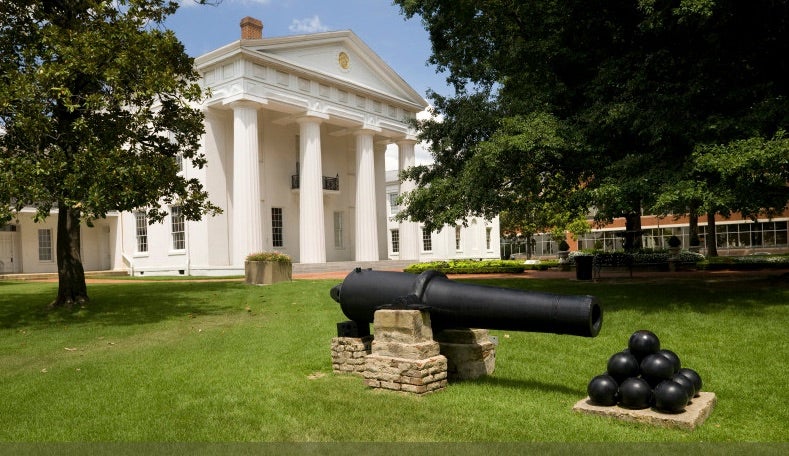
The Old State House in Little Rock is the oldest standing state capitol building west of the Mississippi River and is now a museum of Arkansas history. The state house saw the service of John Gray Lucas (elected 1890) and the other men who served as the state’s first black legislators during Reconstruction. While in Little Rock you can experience the many attractions the city has to offer including the Big Dam Bridge, the River Market District, The Galleries at Library Square, and the Arkansas Arts Center. You can then refuel at spots like Doe's Eat Place, a legendary Arkansas restaurant known for its steak and homemade tamales, and Whole Hog Cafe.
Civil Rights Milestone – North Little Rock High School/Ole Main
The North Little Rock Six were six African-American students who attempted to desegregate North Little Rock High School on September 9, 1957. After the riots at Little Rock Central High over integration, directors of the North Little Rock School Board put a halt to their integration plan. After leaving North Little Rock, you’ll head North towards Bald Knob. Right off the main road is a local favorite, the Bull Dog, that serves up amazing burgers and softserve ice cream. You may also want to stop by The Tamale Factory in Augusta. As you might guess, they have some of the best tamales you can get. Then head to Newport, where you can visit the Blue Ridge Center for the Delta Arts and Lackey's Smoke House BBQ.
Hoxie
Civil Rights Milestone - Hoxie School Desegregation
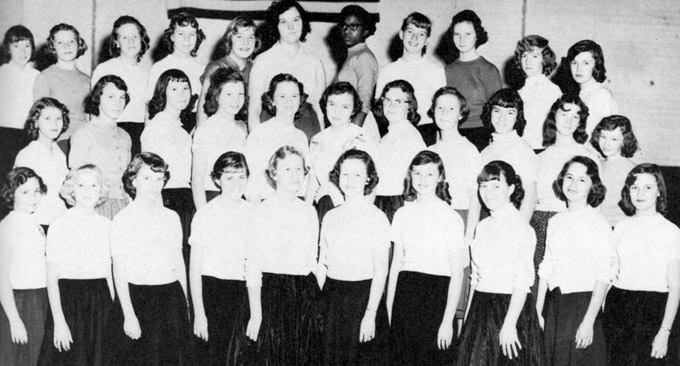
The small town of Hoxie became “a battle in a test tube” when the school desegregated in 1956, before the later major riots over integration. The materials on the Hoxie desegregation are currently at the Eddie Mae Herron Center in Pocahontas, but as of 2019, Hoxie is raising support to establish its own museum. From here head to Walnut Ridge to see the Beatles on the Ridge. Walnut Ridge is the only Arkansas community the Beatles visited, if only for a short time, and the town has embraced this bit of history with a life-size sculpture of the Beatles as they appear on the “Abbey Road” album.
Pocahontas
Civil Rights Milestone - Eddie Mae Herron Center
The Eddie Mae Herron Center & Museum in Pocahontas (Randolph County) preserves and displays the history of slavery, civil rights, and African Americans. From here head to Paragould to see Crowley's Ridge State Park, and then to Jonesboro to see the Bradbury Art Museum at Arkansas State University. Continue on to explore the town of Wilson and then onwards to Dyess, home to the Johnny Cash Boyhood Home.
Tyronza
Civil Rights Milestone - Southern Tenant Farmers Museum
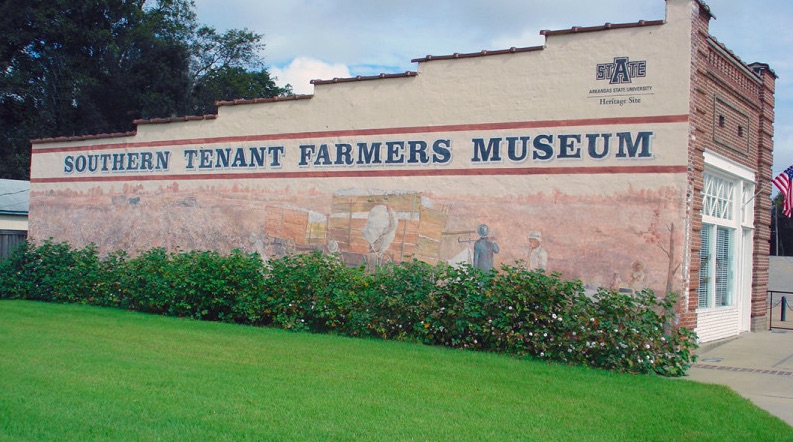
The Southern Tenant Farmers Museum focuses on the tenant farming system in the South and the farm labor movement that arose in response to the abuses and debt that plagued this system. One form of tenant farming was sharecropping. From here you can head to Parkin and Parkin Archeological State Park.
Earle
Civil Rights Milestone - George Berry Washington Memorial
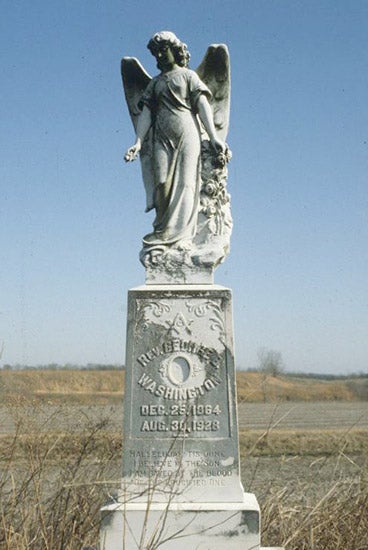
The George Berry Washington Memorial is the burial place of a man born a slave who rose to become an African-American social leader and one of the largest landowners in the county in the early twentieth century.
Route returns to Memphis
The content of this tour is drawn from The Encyclopedia of Arkansas History & Culture, a free, comprehensive digital resource which currently includes over 5,500 entries. It is maintained by the Butler Center for Arkansas Studies of the Central Arkansas Library System. The Encyclopedia receives more than 1.5 million visits each year.
Chewing the Fat is a popular, Arkansas-based podcast with Rex Nelson and Paul Austin. The two explore local color, good eats, and things to do around Arkansas that may enhance a traveler’s recreational choices. The podcast is produced by the Butler Center for Arkansas Studies of the Central Arkansas Library System.
Chewing the Fat episodes for this travel area:
- Thanksgiving Recap
- David Solomon, Ed Bethune, and a Trip to Helena
- Railroads, Pancake Breakfasts, and Razorback Football
- B&Bs, Southern Railroads, and an Airplane Ride
- Parks and Tourism, Arkansas Mountains, and the Breakfasts of Politics
- Potluck in Pocahontas, Italian Arkansans, and Delta Food
Tour created by Rosslyn Elliott, Guy Lancaster, and Heather Zbinden for the Butler Center for Arkansas Studies of the Central Arkansas Library System, with content from the Encyclopedia of Arkansas History & Culture.
Noteworthy civil rights sites can be found across Arkansas. The below information comes care of the Arkansas Department of Heritage.
In addition to it being the site of one of Dr. Martin Luther King’s speeches, the University of Arkansas at Pine Bluff in Pine Bluff was also the center of African American education in the region. It was also the site of the only known African American women’s training camp, think CCC but for women, during the late 1930s and early 1940s.
The Charleston School District in Franklin County was the first school district in the South to desegregate, which occurred on August 23, 1954. The only structure remaining from that period is the school gym, which has been converted into a library. However, there is a NPS interpretation installation at the site as well. From the Encyclopedia of Arkansas: “The Charleston Public School District quietly and successfully integrated first through twelfth grades, without any publicity until about three weeks after school had opened for the fall term in 1954. Charleston was the first school district in the former Confederate states to integrate all twelve grades, and because of this, Charleston School District has been named a National Commemorative Site by the U.S. Department of the Interior National Park Service.”
The Purifoy Cemetery in Forrest City is the final resting place of Josiah H. Blount, who became the first African American to run for governor of Arkansas in 1920. Blount was the leader of the St. Francis County Republican Party in the 1920s and was nominated for governor, where he captured 8% of the vote which was higher than any other African American gubernatorial candidate until Douglas Wilder in Virginia in 1989.
